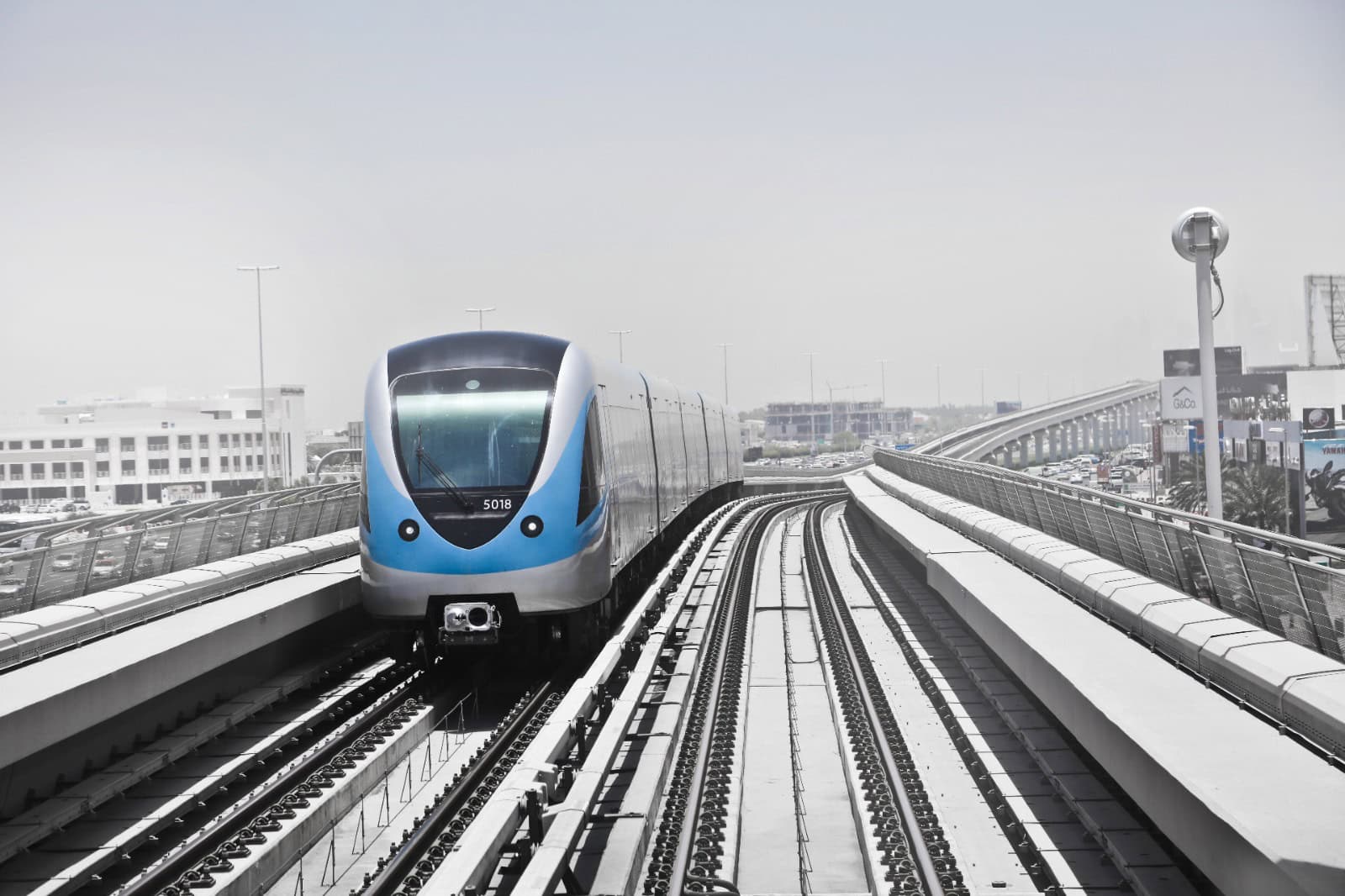As Pune steadily grows into a global urban hub, its transportation ecosystem is undergoing a parallel transformation. From expanding metro corridors to enhancing regional rail connectivity and embracing Transit-Oriented Development (TOD), the city is not just catching up with modern urban mobility—it’s shaping its future around it.
This transformation is also impacting property trends, especially for homebuyers searching for 2 BHK flats in Hinjewadi Pune, a key IT and residential zone now directly connected via upcoming Metro lines.
Pune Metro: Building Momentum Beyond Phase I
The completion of Pune Metro’s Phase I—comprising stretches from PCMC to Swargate and Vanaz to Ruby Hall—is a visible symbol of the city’s infrastructural stride. However, Phase II (metro extension) has emerged as a much more significant development from a strategic and long-term planning standpoint.
Key highlights include:
- Extension toward Katraj and Nigdi: These alignments serve high-density residential belts that were historically underserved by mass rapid transit.
- Rama River Corridor inclusion: Integrated planning around riverbeds is gaining traction. The Metro is being consciously aligned to enable scenic transit while preserving eco-sensitive zones.
- Multi-modal integration: Metro stations are being built with enhanced access to PMPML buses, feeder services, parking, and pedestrian walkways.
This phase isn’t just about adding kilometers to the network—it’s about connecting more citizens, reducing travel time, and changing how Pune thinks about daily mobility. For instance, locations like Hinjewadi are seeing increased interest in flats for sale in Hinjewadi Pune, especially among young professionals seeking better commute options.
Ring Rail vs. Semi-High-Speed Rail: Strategic Differentiation
Two parallel rail developments are shaping Pune’s future differently:
1. Ring Railway Project (वृत्त रेल्वे योजना)
Designed as a circular rail route to connect key points within Pune Metropolitan Region (PMR), the Ring Railway will:
- Ease pressure on roads by offering intra-city train services
- Connect employment hubs like Hinjewadi, Talegaon, Chakan, and Hadapsar
- Promote decentralized urban growth by improving access to outer regions
This plan is being considered as a revised alternative to the semi-high-speed rail (SHSR) previously proposed between Pune and Nashik.
2. Pune–Nashik Semi-High-Speed Rail Update
Although not scrapped entirely, the SHSR project has seen slowed momentum due to:
- Land acquisition challenges
- Viability overlap with road/air travel
- Budgetary reallocation to urban-centric rail solutions
The state government is now pivoting to strengthen intra-Pune connectivity first, before investing heavily in SHSR corridors.
Transit-Oriented Development (TOD): Legal Mandate, Urban Impact
TOD is now a formally adopted policy under the Unified Development Control and Promotion Regulations (UDCPR) for Maharashtra. In Pune, its implementation around metro stations has been given a decisive push through:
- Premium FSI incentives (up to 5.0 FSI) within TOD influence zones
- Mandatory pedestrian walkways and cycling tracks
- Mixed-use zoning for commercial, residential, and retail within 500 meters of stations
The TOD strategy has three clear goals:
- Reduce vehicle dependency by encouraging people to live and work near transit corridors
- Improve land utilization in high-demand zones
- Create walkable neighborhoods that boost quality of life
Legal Framework Supporting TOD:
- Maharashtra Regional & Town Planning Act: Enables declaration of TOD zones
- PMC Development Plan 2041 (draft): Envisions TOD as a central model
- NITI Aayog recommendations: Align with Pune’s metro integration for TOD-led expansion
The TOD model also enhances residential demand for locations such as 2 BHK flat near Hinjewadi Pune, where walkability, transport access, and livability intersect.
Pune Suburban Rail Expansion
In addition to Metro, Pune’s suburban rail is receiving a major upgrade under Central Railway’s Pune Division:
- Doubling and electrification of key corridors (Pune–Lonavala and Pune–Daund)
- New station approvals in suburban areas like Hadapsar, Chinchwad East, and Uruli Kanchan
- Increased train frequency for working professionals and students
This has opened up real estate development potential in Eastern and Western peripheries—notably Kharadi, Wagholi, Moshi, and Sus.
Implications for Real Estate and Urban Development
The impact of transit upgrades is already visible across Pune’s property market:
| Region | Transit Influence | Real Estate Trend |
|---|---|---|
| Kothrud, Karve Rd | Metro line (Vanaz–Ruby Hall) | Surge in redevelopment and premium pricing |
| Baner–Balewadi | Ring Railway + Metro Phase II | High-rise housing growth near station zones |
| Kharadi–Hadapsar | Suburban rail + TOD corridors | Influx of mixed-use and IT-led residential |
| Pimpri–Nigdi | Metro extension (PCMC–Nigdi) | Mid-income housing with rapid absorption |
| Bibwewadi–Katraj | Proposed Metro Phase II extension | Early-stage investment interest |
For developers, these corridors are not just infrastructure—they are blueprints for community design, urban density, and sustainable project planning.
Future Outlook: Pune as a Connected Metro of Tomorrow
As Pune shifts from a vehicle-dependent city to a multi-modal, transit-first urban ecosystem, several long-term changes are expected:
- Green mobility index improvement, aided by TOD and electric feeder services
- Time-cost efficiency in commutes, benefiting the workforce and easing congestion
- Balanced city expansion, thanks to planned growth across eastern and western nodes
This infrastructural pivot is also aligned with India’s national goals under the Gati Shakti masterplan and Smart Cities Mission.
Conclusion:
At Pride Purple Properties, we view this transformation as both a responsibility and an opportunity. Our projects are being planned with last-mile transit access, walkable design, and TOD readiness in mind. Whether it’s integrating home automation for energy efficiency or ensuring metro connectivity for lifestyle convenience—urban mobility is now central to home design.
Pune’s future is not just about buildings—it’s about how people move, live, and thrive. And this city, quite literally, is on the move.

